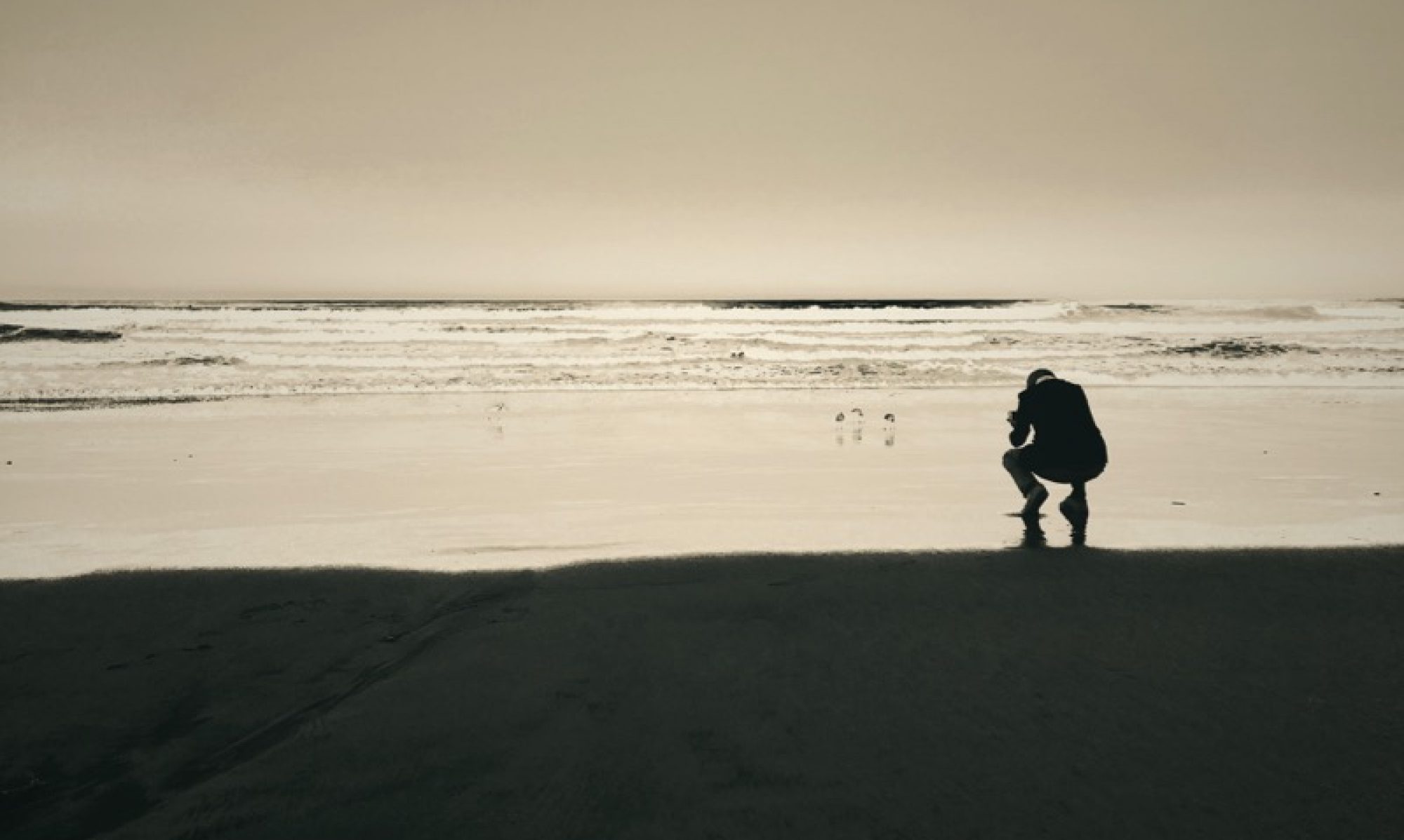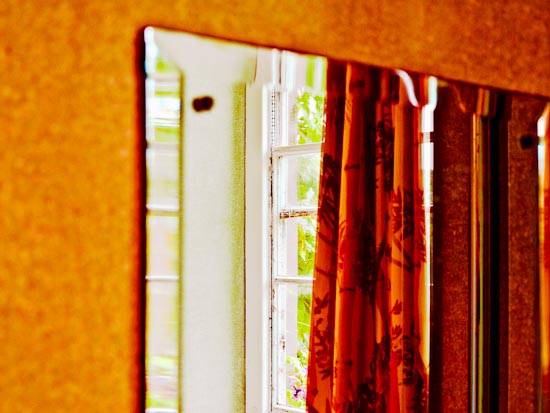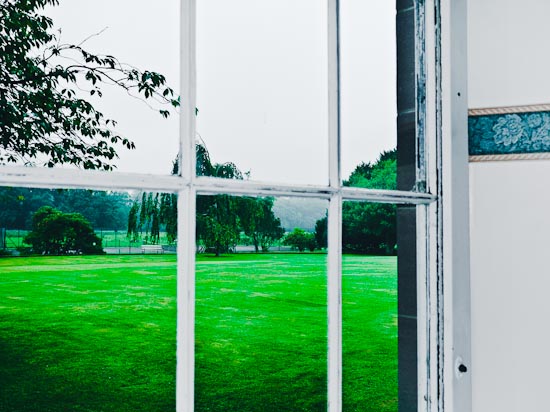What then about Aristotle’s Camera? Suppose a camera is beautiful if it is ingenious in its design; everything is where it should be; it functions flawlessly; the shape of individual elements fits perfectly with the overall shape; everything superfluous has been gotten rid off. It is admirable how engineers could get to the point to conceive of, and build, such a machine. Now, suppose we apply Kant’s test. Is my judgment that this camera is beautiful “disinterested” in the sense that I do not care whether it exists? That seems crazy. My aesthetic appreciation depends on the idea that someone succeeded in building the camera as they conceived of it.
You won’t be surprised, but this was my contribution in the Aesthetics seminar where I almost got into a fight. I offered a friendly amendment to the Kantians. Perhaps they should rethink what they mean when they say that aesthetic judgments are “disinterested.” Perhaps the point is that, though I care about the existence of the beautiful object, I need not care about owning it. I personally may have no need for this camera and I may not desire to have it. For the work I do, another camera, a much lesser one, may be better suited. It’s just nice to know that someone cared enough to build the masterpiece, and that it is out there.
When I said this, an Aristotelian in the room was looking at me with genuine interest. The next day she approached me to discuss the example further. So, I came to think of it as Aristotle’s Camera. And I needed to find out why Aristotelians would like my example… To be continued.



